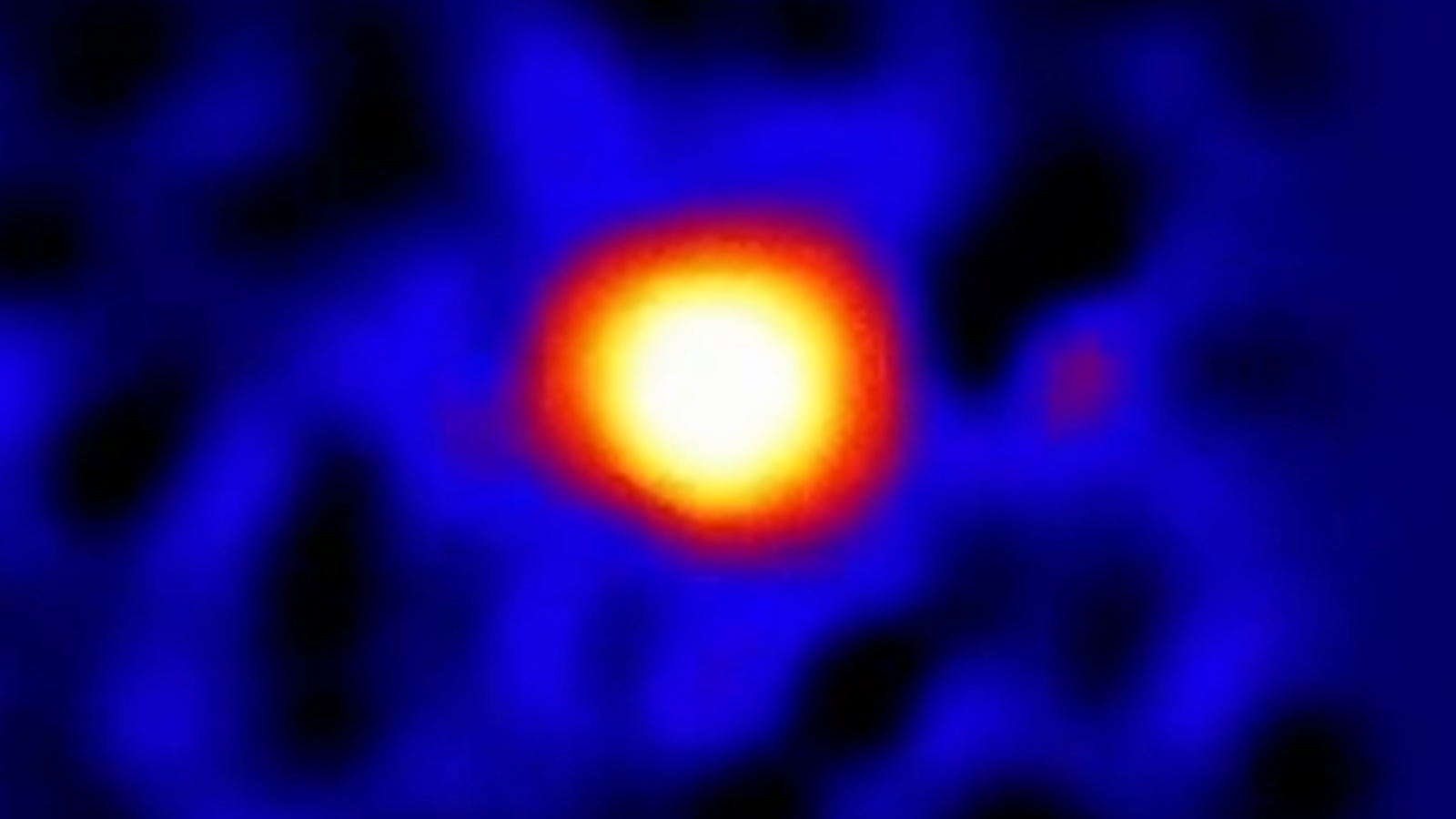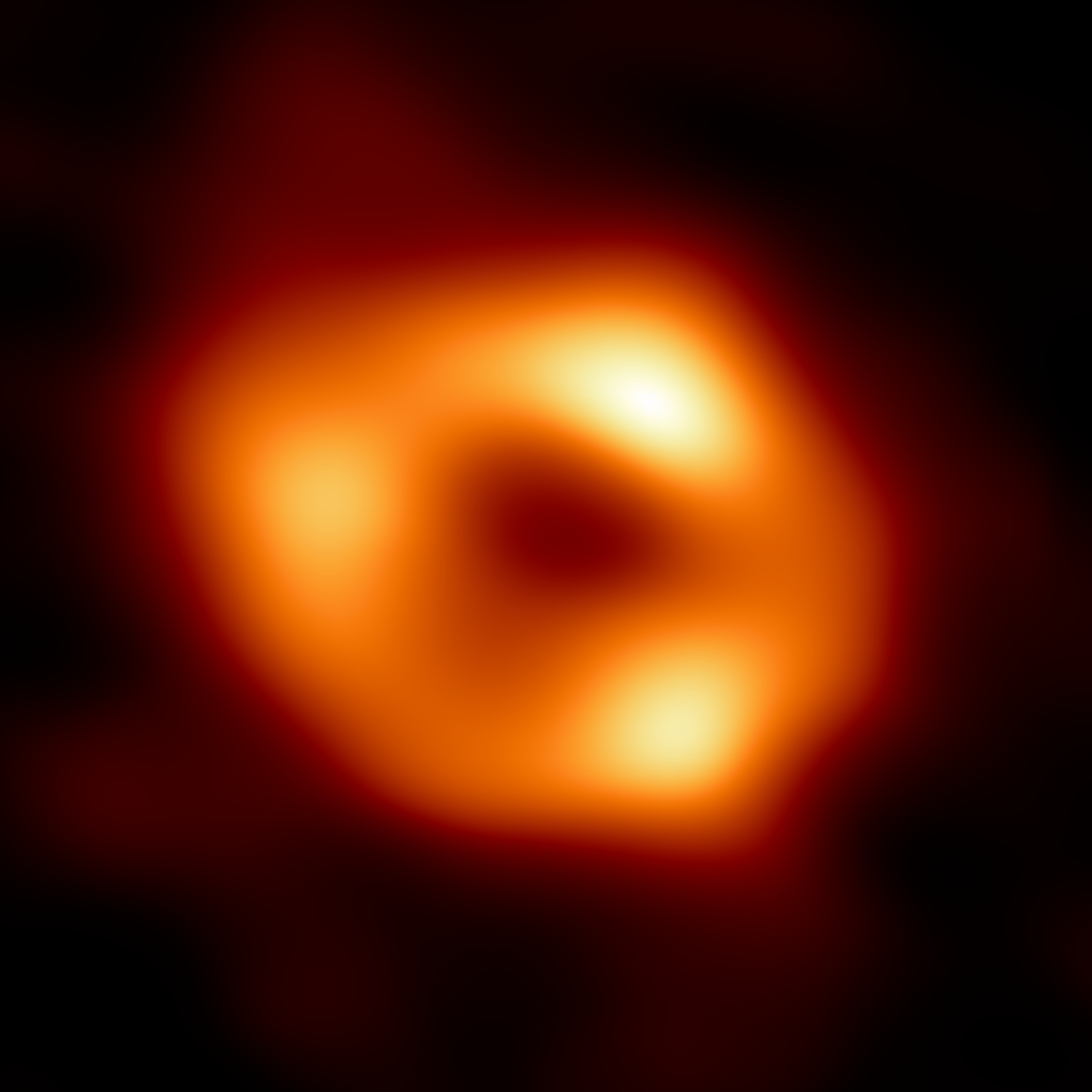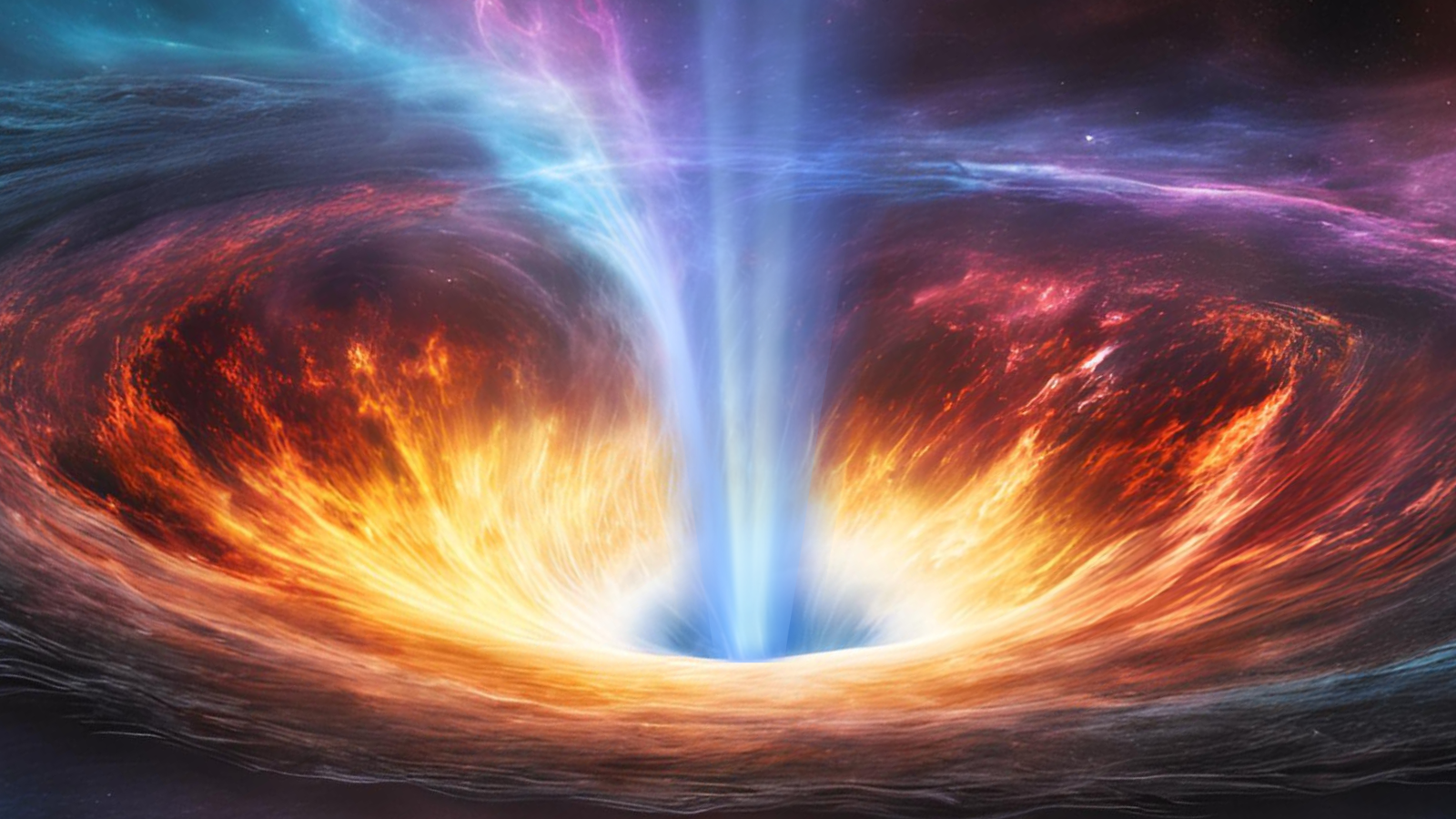The black hole at the heart of our galaxy is a real party animal, endlessly blowing cosmic bubbles. The findings aren’t frivolous at all and could help us better understand how black holes interact with their environments and help galaxies evolve.
Using the James Webb Space Telescope (JWST), scientists discovered that the Milky Way’s central supermassive black hole, Sagittarius A* (Sgr A*), is constantly streaming out flares without respite. The activity occurs over a wide range of time, including short interludes and long stretches.
While some of the flares are mere faint flickers lasting just seconds, every day, Sgr A* spews out much brighter and more energetic flares. Also, some of the faintest flares can rage for months at a time.

“Flares are expected to happen in essentially all supermassive black holes, but our black hole is unique,” team leader and Northwestern University researcher Farhad Yusef-Zade said in a statement. “It is always bubbling with activity and never seems to reach a steady state. We observed the black hole multiple times throughout 2023 and 2024, and we noticed changes in every observation.
“We saw something different each time, which is really remarkable. Nothing ever stayed the same.”
Cosmic fireworks at the heart of the Milky Way
The team used the JWST’s near-infrared camera (NIRCam) instrument to observe Sgr A* for several 8-to-10-hour periods totaling two days over the course of a year. This revealed how Sgr A* and its immediate surroundings changed over time.
Yusef-Zadeh and colleagues had expected to see flares, but the Milky Way’s central black hole, which has a mass of around 4.3 million suns, was more active than predicted, launching cosmic fireworks of varied brightness and duration around the clock.

The matter around central supermassive black holes like Sgr A* form flattened clouds of gas and dust called “accretion disks.” The team saw the accretion disk of Sgr A* generating up to six times a day, with smaller sub-flares punctuating these blasts.
“In our data, we saw constantly changing, bubbling brightness,” Yusef-Zadeh said. “And then boom! A big burst of brightness suddenly popped up. Then, it calmed down again.
“We couldn’t find a pattern in this activity. It appears to be random. The activity profile of the black hole was new and exciting every time that we looked at it.”
Making waves around black holes
Yusef-Zadeh and colleagues don’t yet understand what process are generating these flares around Sgr A*. However, they suspect the flares of different durations are caused by different mechanisms.
Comparing the accretion disk to a river, the short, faint flares are akin to small random ripples on the river’s surface caused by minor disturbances.
The longer, brighter flares, on the other hand, are like tidal waves and are generated by more significant events in the accretion disk. These events are powerful enough to compress plasma and generate a temporary burst of radiation.
“It’s similar to how the sun’s magnetic field gathers together, compresses, and then erupts a solar flare,” Yusef-Zadeh explained. “Of course, the processes are more dramatic because the environment around a black hole is much more energetic and much more extreme. But the sun’s surface also bubbles with activity.”
These large turbulent events and the powerful flares could be related to magnetic reconnection. This occurs when two magnetic fields collide and accelerate charged particles to near light-speeds causing them to emit bright bursts of radiation.

NIRCam has the capability to see two different wavelengths of infrared light, and this allowed the team to observe how the flares’ brightness changed at each wavelength. This created a nuanced picture of the behavior around Sgr A*, which delivered yet another shock.
It turns out the brightness of the short-wavelength radiation events appeared to change ahead of their long-wavelength counterparts.
“This is the first time we have seen a time delay in measurements at these wavelengths,” Yusef-Zadeh said. “We observed these wavelengths simultaneously with NIRCam and noticed the longer wavelength lags behind the shorter one by a very small amount — maybe a few seconds to 40 seconds.”
The time delay hints at the phenomena occurring around Sgr A*. One possible explanation for this is the accelerated particles losing energy as the flare evolves. This energy loss occurs more quickly at shorter wavelengths than at longer wavelengths.
Yusef-Zadeh and colleagues now hope to use the JWST to observe Sgr A* for an extended period of time. The researcher has submitted a proposal to use the $10 billion space telescope to observe our central supermassive black hole for an uninterrupted 24 hours.
“When you are looking at such weak flaring events, you have to compete with noise,” Yusef-Zadeh concluded. “If we can observe for 24 hours, then we can reduce the noise to see features that we were unable to see before.
“That would be amazing. We also can see if these flares show periodicity (or repeat themselves) or if they are truly random.”
The team’s research was published on Tuesday (Feb. 18) in The Astrophysical Journal Letters.